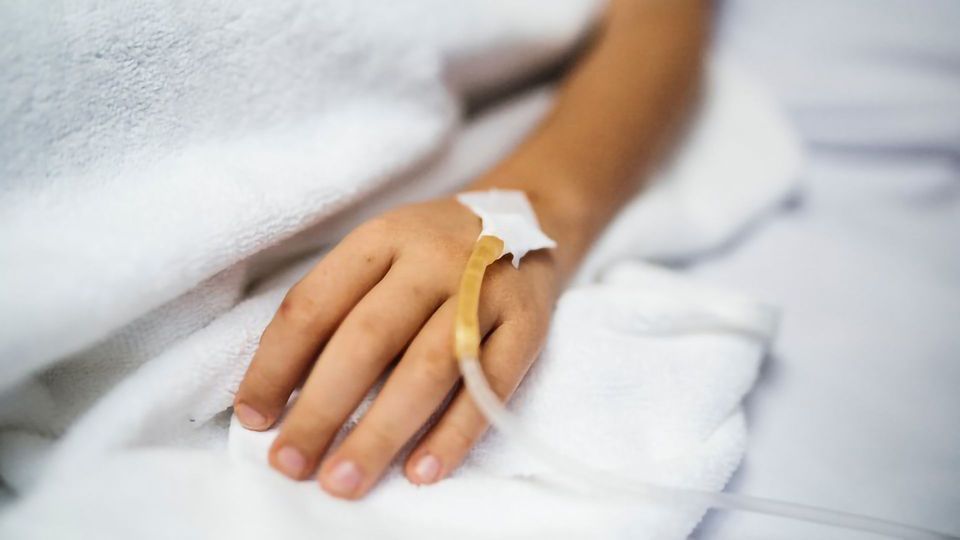Brain Patterns Help Separate Consciousness from Unconsciousness

Complete the form below to unlock access to ALL audio articles.
Amid longstanding difficulties distinguishing consciousness in humans in unconscious states, scientists report fMRI-based evidence of distinct patterns of brain activity they say can differentiate between consciousness or unconsciousness. Detecting these patterns in real-time could allow for externally induced manipulations that noninvasively restore consciousness. The detection process also has the potential to greatly facilitate medical decision-making for patients in whom consciousness is impaired, the authors say.
Unconsciousness is characterized by an inability to report subjective experience. For patients induced into temporary unconsciousness via pharmacological agents such as anesthetics, or for those in a more enduring state of unconsciousness caused by brain injury, reliable markers indicating presence or absence of consciousness have been elusive. In search of such indicators, A. Demertzi and colleagues recorded functional magnetic resonance imaging (fMRI) data from 159 subjects scanned at four independent research sites. Some among these were healthy patients who had undergone anesthesia. The others, assessed through standardized behavioral assessments, were patients diagnosed as having either unresponsive wakefulness syndrome (UWS) - in which they can open their eyes but do not display voluntary movements - or as being in a minimally conscious state (MCS) - in which they show additional behaviors potentially indicative of awareness.
The authors analyzed how fluctuations of the fMRI blood oxygenation level-dependent (BOLD) signal - a proxy for neuronal activity - were coordinated across 42 key brain regions representing six brain networks known to play an important role in cognition. The analysis uncovered four distinguishable patterns: pattern 1 was highly complex, with long-distance brain-wide coordination between regions. It was seen more often in healthy, conscious people. Pattern 4, on the other hand, showed low interareal coordination and was most apparent in UWS patients. Demertzi and colleagues found that anesthetized patients displayed a lower probability or transitioning between different brain states over time.
These findings provide insight into the large-scale brain dynamics that support conscious behavior - suggesting that highly complex, long-distance brain-wide coordination is a key characteristic of consciousness - and they offer important clues in the search for biological markers of consciousness, say the authors.
This article has been republished from materials provided by the AAAS. Note: material may have been edited for length and content. For further information, please contact the cited source.
Reference: Demertzi, A., Tagliazucchi, E., Dehaene, S., Deco, G., Barttfeld, P., Raimondo, F., … Sitt, J. D. (2019). Human consciousness is supported by dynamic complex patterns of brain signal coordination. Science Advances, 5(2), eaat7603. https://doi.org/10.1126/sciadv.aat7603

